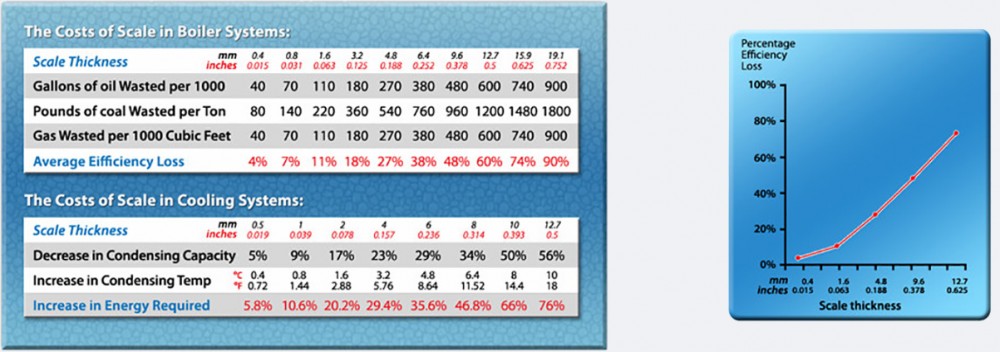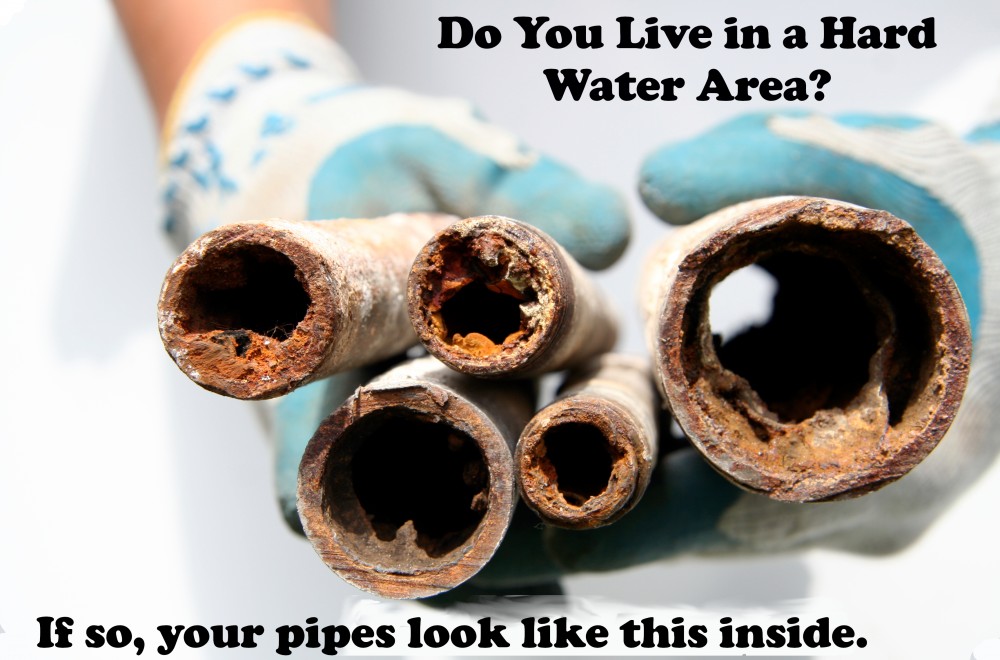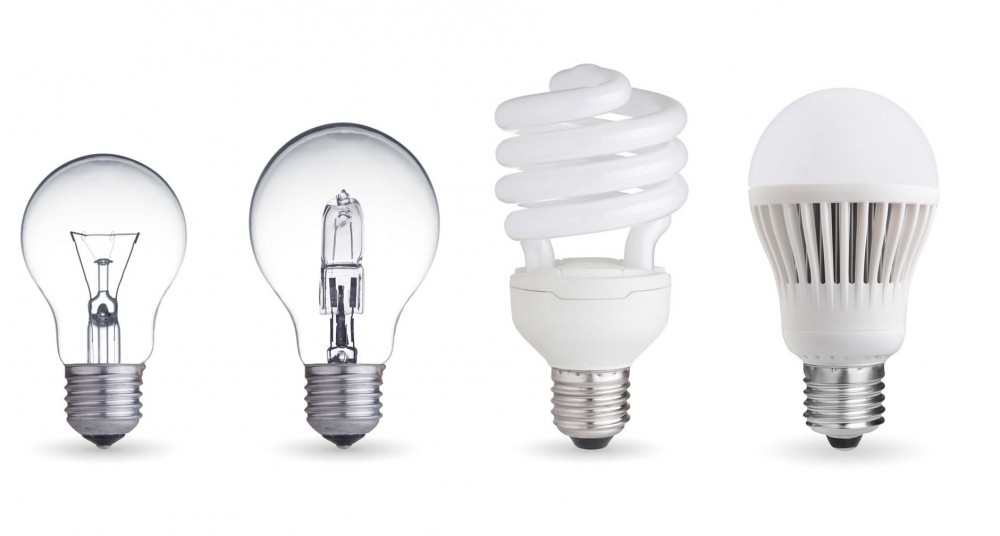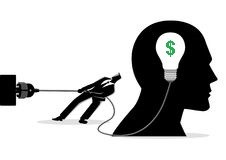Top 5 ways to save money on your energy bill
Top 5 Ways to Save Money on Your Energy Bill
There are many ways to reduce energy use in your home. Below we’ll look at the top 5 ways you can save energy and lower your monthly utility bill. By reducing the energy your home uses every month you can not only save money but reduce your carbon footprint to help lower impact on our environment. If you implement all of the energy savings tips in this article you will see a potential savings of nearly 36% off your energy bill.
#1 – Evaluate your Lighting, Heating and Cooling Needs
Heating and cooling make up almost half of your home's energy usage. It’s important to maintain these items and make some adjustments in how they are used. A good way to assess your energy needs and usage is to request an energy audit from your utility provider. This will give you some valuable insight into areas where you can improve your energy efficiency. If you’re not using energy-efficient appliances this will be included in your energy audit. Most importantly, this will open the door to accessing rebates and incentives from your utility company to switch your old appliances for energy-efficient ones. This energy savings tip does require some significant financial investment but if you take advantage of rebates and incentives it can minimize the cost. Your utility company will point out that replacing them with more efficient appliances can cut your electricity consumption in half, thereby potentially reducing your energy bills by nearly half. With such energy savings, high-efficiency appliances often pay for themselves quickly.
#2 – Stay on Top of Maintenance
(Estimated savings of $24.63/month)
Proper maintenance of your appliances will help keep them running at full efficiency. For instance, when furnace air filters are dirty, they consume even more energy to operate efficiently. The Department of Energy reports that dirty air filters will use 15% more energy consumed by your HVAC system. Based on simply keeping your air filters clean you will save 7.5% on your monthly bill. According to the Energy Information Association, the average energy bill in the United States is $115.00/month, Based on this changing your air filters can save you $8.63 a month off your energy bill. Another commonly overlooked appliance that consumes a lot of energy is your Hot Water Heater. It’s important to lower the temperature of the water heater and perform routine maintenance. Most water heaters are factory set at 140°F, if you lower that to 120°F you will save around 10% of your total energy usage. This calculates out to a savings of nearly $12.00 a month. Another important factor is maintaining your hot water heater. If you live in a hard water area scale will be an issue for your hot water heater. When the water is heated the hardness will come out of solution and form scale on the tank and heating elements. If you allow 1/16 of an inch of scale to build up in your water heater this will reduce your water heater efficiency by 11%
.

As you can see, allowing scale to be present will definitely use a lot of energy. Even worse it may permanently ruin your water heater. Allowing even 1/16th of an inch of scale to build up in your hot water tank will cost you at least $4.00 a month.
If you're experiencing hard water issues, there is an eco-friendly solution that is cheaper and just as effective as a saltwater softener at dealing with the issue of scale. The product I’m referring to is HydroFLOW. HydroFLOW devices which are highly efficient, non-intrusive electronic descalers that are installed on the water pipe entering your home or business. It treats fluids by inducing a robust yet harmless signal of 150kHz throughout plumbing systems made of any material, including PEX and PVC.

These electric waves cause mineral ions to form suspended clusters that turn into stable crystals when temperature or pressure changes occur. The suspended crystals will prevent scale from building up in pipes and on heating elements, thus increasing heat transfer efficiency, lowering maintenance costs, and reducing chemical usage. Learn more about HydroFLOW water conditioning devices.

#3 – Change all Lighting from Incandescent Bulbs Over to LED
(Estimated savings of $8.33/month)
An easy and simple change you can make is to switch to energy-efficient LED light bulbs, which will help cut down on your energy usage and electric bill. Incandescent light bulbs release most of their energy as heat instead of light using unnecessary electricity. Traditional light bulbs spend 95% of the energy they use generating heat, and only 5% goes to the light they emit making them the most inefficient source of energy use in your home. Besides consuming an excessive amount of electricity, they need to be replaced more often than their energy-efficient alternatives. Typical incandescent bulbs last about 750 hours vs. the average LED bulb lasting 23,000-36,000 hours on average. Switching to LED from Incandescent saves the typical home an average $8.33 per month according to USA Today. Remember to turn off lights in rooms that you aren’t using or consider installing a motion or timed light switch in rooms that aren’t used frequently. Installing dusk/dawn LED light bulbs in outdoor fixtures will cut energy usage by automatically turning off during daylight hours as well as the savings provided by LED vs. halogen or incandescent light bulbs typically used outdoors.
#4 – Use a Programmable Thermostat
(Estimated savings of $9.20/month)
Staying on top of your thermostat settings will result in immediate energy savings. It is recommended that you set the thermostat to 68°F, be aware that each additional degree of heating or cooling increases power consumption by 6-8%. It’s also advisable to use a programmable thermostat, especially when you’re not at home. Programmable thermostats are easy to install and will reduce how much energy you use with a couple simple settings. For example, you can keep your home at a certain temperature throughout the day and at a lower temperature throughout the night while you sleep. Another tip to reduce energy use with a programmable thermostat is to have it turned off all day while you’re at work and have it scheduled to turn on an hour before you get home. Programming the thermostat to only heat your home when necessary will maximize energy savings while lowering your energy bill.

#5 – Don’t Just Turn it Off – Unplug it!
(Estimated savings of $16.60/month)
Appliances consume energy even when not in use so If you don't use them for a while, don’t just turn them off, unplug them from the wall to save energy. In fact, it is estimated that 75% of the energy used to power home electronics is consumed when it is turned off, which can cost up to $200 a year. So, it makes sense to plug something in only when needed. Another simple method to make sure unused appliances or devices aren’t consuming energy when not in use is by using a power board (surge protector) that supplies power to multiple devices at the same time. This allows all devices to be turned off at the same time with the added bonus of protecting your devices from power surges.
Now that you have countless energy-saving ideas, from new habits to effective upgrades, challenge yourself to see if you can reduce your energy bills. Simple things, such as making wise decisions when choosing home appliances, understanding your daily energy consumption, and developing some simple energy-saving habits are just some of the ways to save energy in your home.
Cited Sources
- https://www.ecofriendlyhabits.com/how-to-conserve-energy/
- https://www.investopedia.com/articles/pf/08/save-energy.asp
- https://finolex.com/5-ways-to-save-energy-at-home/
- https://www.greenmatch.co.uk/blog/2020/03/how-to-save-energy-at-home
- https://www.homeselfe.com/100-ways-to-save-energy/
- https://www.energy.gov/articles/10-energy-saving-tips-spring
- https://www.energysage.com/energy-efficiency/101/ways-to-save-energy/